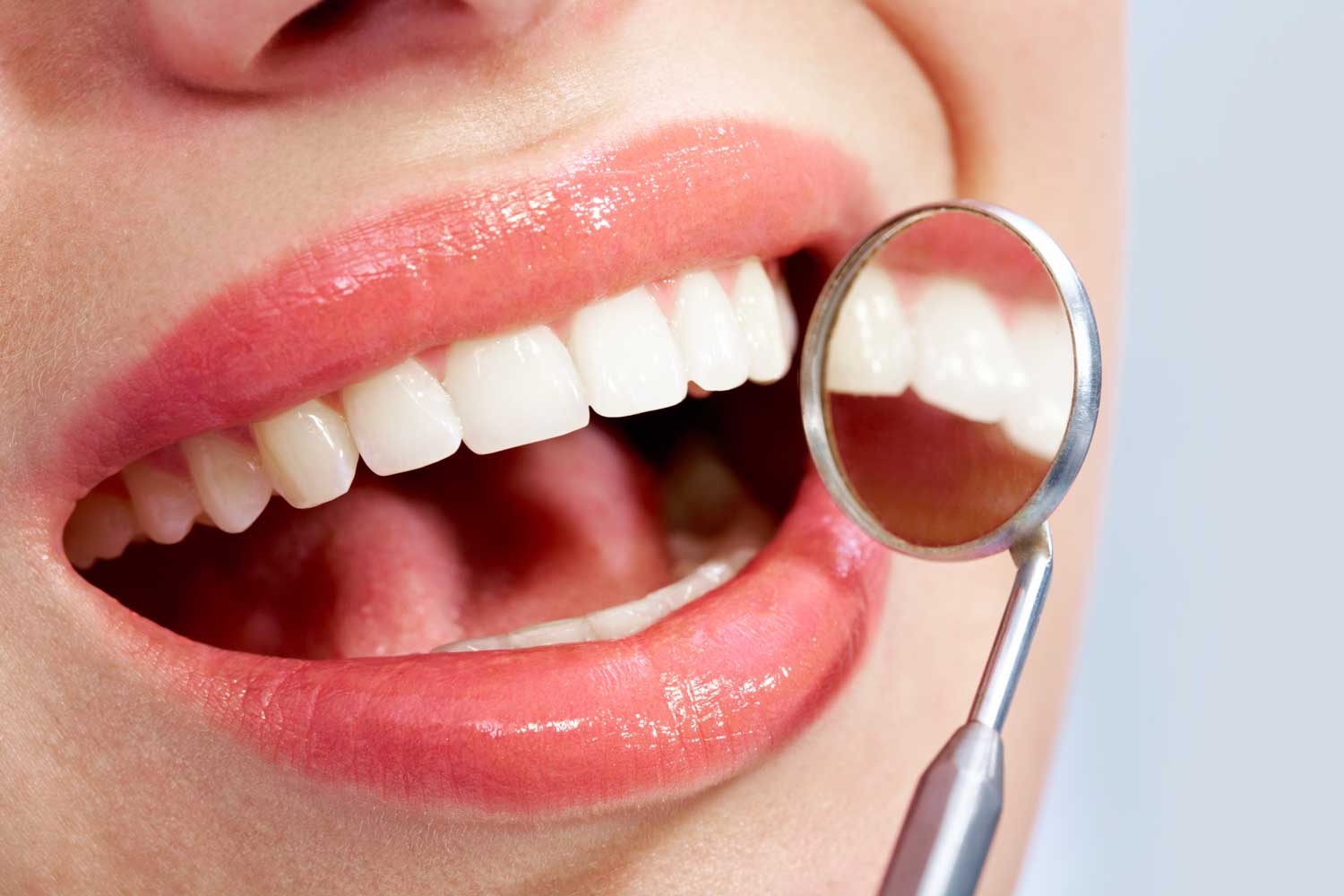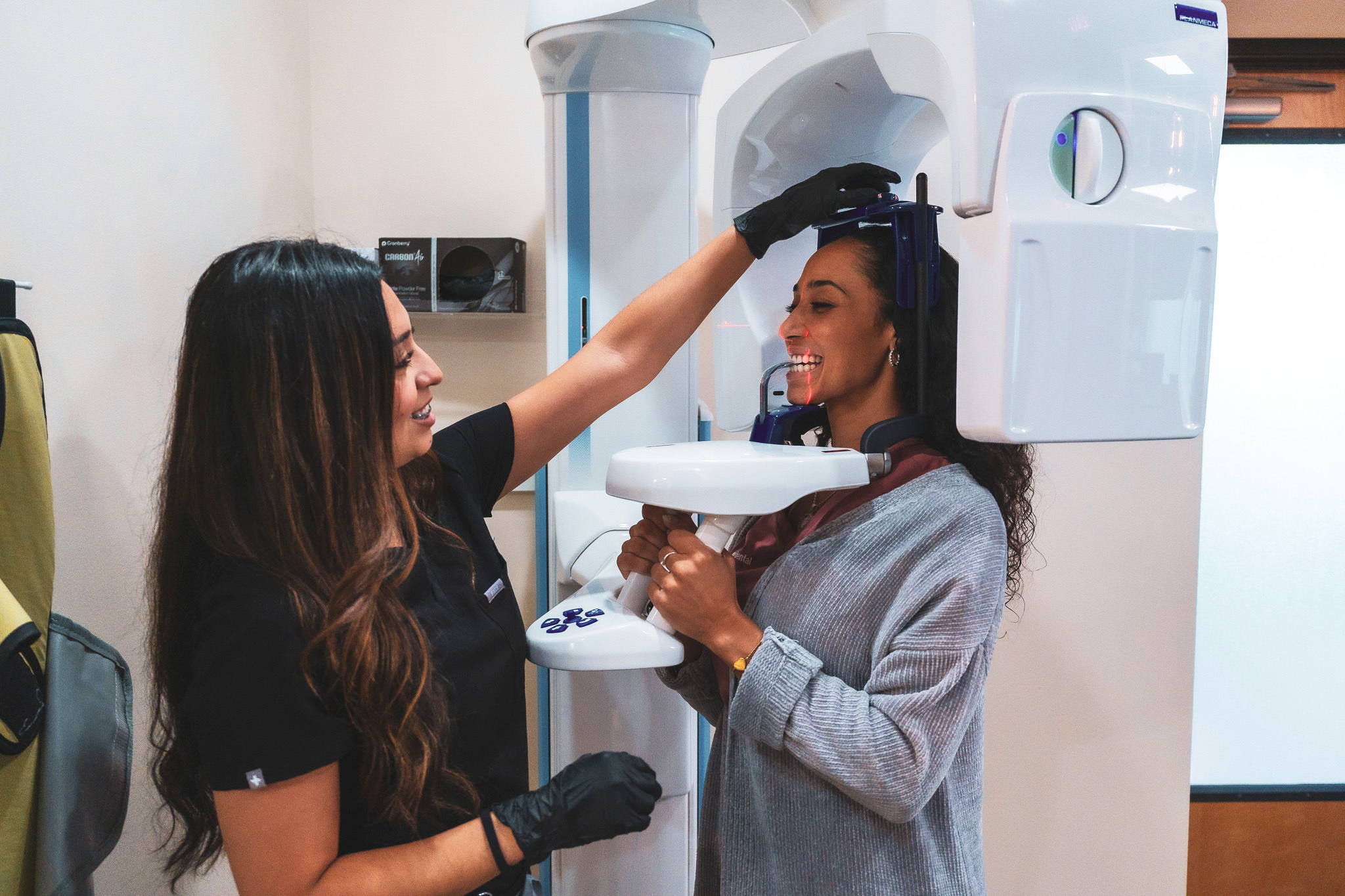The frenotomy is the use of incision on the attachment of periosteal fiber and it can be sutured on frenum found on the periosteum on vestibule base. It is believed to cause less discomfort during post operation compared to frenectomy and it can suffice in most situations.
The frenoctomy is the use of incision on the attachment of periosteal fiber and it can be sutured on frenum found on the periosteum on vestibule base. It is believed to cause less discomfort during post-operation compared to frenectomy and it can suffice in most situations. Frenectomy works on frenum and the periosteal attachment. It is required if there is fleshy and large frena to remove.
The use of frenectomy is required in the following circumstances
Maintain your gum and teeth health.
Using of frenectomy procedure is not always recommended since it will increase the attached gingiva after the procedure. Even if alveolar is being characterized by the smooth surface or red color, and it is mobile and loose while the gingiva is stippled, firm, pink, keratinized and it has no mobility.

It is possible to predict the results of the laser if the following steps had been followed.
The laser wavelength can be used in order to perform the frenectomy in a successful manner. The technique used with the laser frenectomy is the same as the one used with blade. Topical and local anesthesia is given. A clinician performs a mental outline at frenectomy and then starts with coronal attachment and it moves laser tip in one direction by pulling at the lips to achieve tension. When correct parameters like hand speed, power and spot size have been used, just one pass, will be enough to get rid of fibers. When there is a need to use multiple passes, then it is important to make sure that there is no excessive thermal necrosis that takes place over the tissue that had been already lased. Lasing will continue in order to undermine muscle attachment up to the time periosteum will be reached.
To make sure that there is minimal regrowth or frenum relapse; periosteum has to be fenestrated using hand instrument. Any laser can be used for the frenectomy and the settings are used to conform to manufacturer’s guideline. It is important to be careful so that the tissue will not be charred or suffer thermal damage. Erbium laser does create wound which had some level of hemorrhage. This means that sealing a wound with the bandage approach is needed. There is no dressing or suturing required.
The most common symptom is biting! Babies tend to bite everything when teething to relieve the discomfort created by the erupting teeth. Another thing is that the teething pain is usually transferred to ears causing the child pull the ears.
When teeth are erupting, babies tend to produce excess saliva, which can cause facial rash. The baby will get fussy, and probably the gums will be inflamed. Gum inflammation usually happens when larger molars are erupting. Teething eruption brings sleepless nights for both the child and the parent. Nighttime wakefulness becomes the order of every night. Another thing is that the baby might change his/her eating habit. In fact, most babies lose appetite, it becomes uncomfortable for them to suck feeding bottles or have a spoon in their mouth.

It is easy to tell your baby teeth are erupting! The teething process and sequence might be different for each baby, but some are common such as;
Having tight frenulum, it will lead to problems for adults and children. Infants will not feed well when they suffer lip or tongue lip. In children, when the frenulum is found at the upper lip, it can remove the gap found between front teeth and it has to get remove so that the orthodontic treatment can start. Someone who is wearing a denture, he can have problems since the denture will not be sitting in the proper manner and it may be lifted away of the gum while eating or talking. The tongue tie can hinder speech for the patient regardless of age and lip tie can prevent the mouth to close in the proper manner. This results in the mouth breathing.
The labial frenectomy for the upper lip: this is done on the upper lip. The labial frenectomy involves the frenum, which is attached to the upper lip and the upper jaw. This is normally with children while the gum and the teeth are still developing.
Labial frenectomy for the lower lip: The frenectomy on the lower lip is done for the same reasons as it happens with the upper lip. It is meant to stop the gum recession and periodontal problems. However, it can be done in old people who want to have dentures fixed. If the lip is moving, the frenum may make the denture lose, leading to an improper fit.
Lingual frenectomy: A lingual frenectomy is a surgical procedure to remove a small piece of tissue (the frenulum) attached to the tongue. Frenum happens with the tight cord found under the tongue, and it tetters a tongue to be in a resting position. In some cases, there is enough flexibility, and the tongue may move around, and it can perform the function of eating and speaking. However, when the tongue is tied down, it can hinder growth and speech.

Even if any laser wavelength may be used to perform both mandibular and maxillary frenectomies, the patient who suffers bleeding problem will require to have hemostasis when performing soft tissues surgery or to use safest choice to do the surgery.
Houston | Katy | Montrose | West University Place | Greater Third Ward | Greater East End | North East Houston | Houston Heights | Central Northwest | Fairbanks | Acres Home | East Houston | Southeast Houston | Central Southwest | Fort Bend Houston | Brays Oaks | Meyerland Area | Sharpstown | Alief | Westchase | Memorial | Northwest Houston | Katyland | Whispering Lakes | Pine Lakes | Woodcreek Reserve
No Insurance? No problem.
© Copyright 2025 | Designed & SEO Optimized by The Doctors Marketing
Disclaimer: URBN Dental uses restorative materials such as Admira Fusion® by VOCO, which are free of BPA and Bis-GMA, and are not known to degrade into microplastics under normal oral conditions. While marketed as biocompatible and free of traditional plastic monomers, no dental material is guaranteed to be completely risk-free for all patients. This information is provided for educational purposes and does not constitute medical or regulatory advice.

Discover your perfect smile with a FREE Invisalign assessment.

Receive a complimentary 3D scan ($300 value) when you proceed with implant care.

Speak with our experts about your smile goals from the comfort of your home.
Discuss your smile goals with our experts—choose an in-office visit or a convenient 15-minute phone consult.

Quick, affordable care when you need it most.

Have questions about implants? Get personalized guidance in a brief phone call.